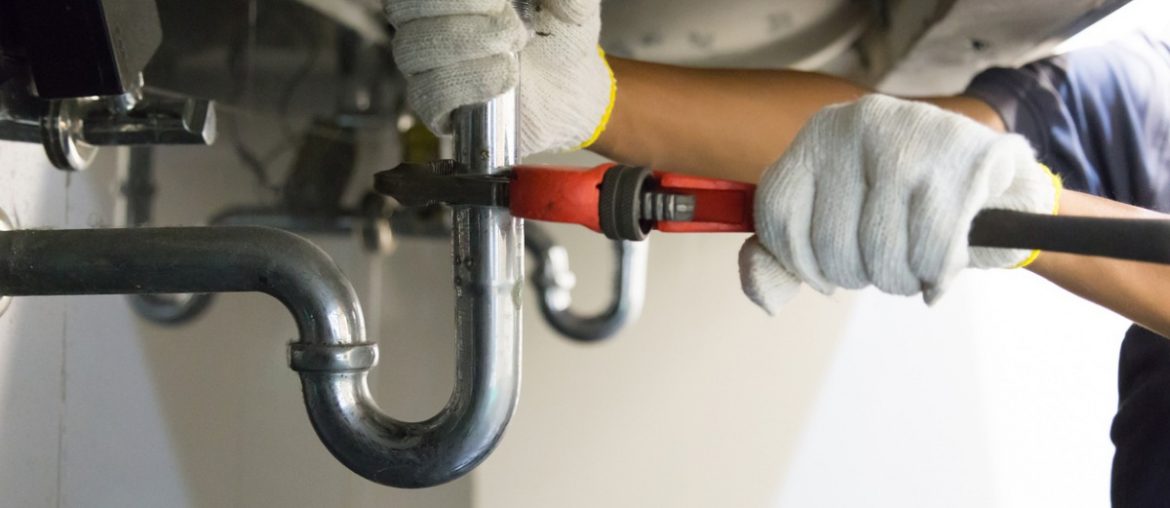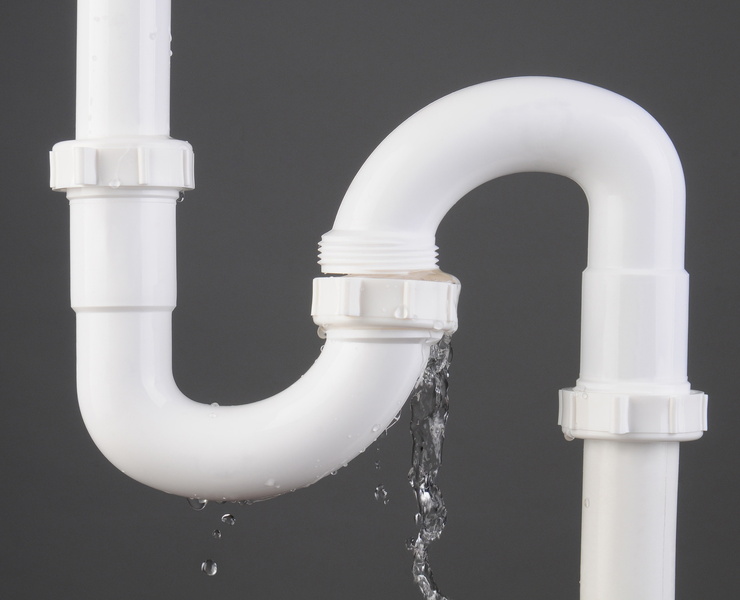We have noticed this post pertaining to What to Know About Plumbing: Basics, Tips, and Insights listed below on the internet and concluded it made perfect sense to discuss it with you on this page.

Plumbing is a vital facet of any home, responsible for providing clean water for drinking, food preparation, and showering, in addition to getting rid of wastewater safely. Comprehending the essentials of home plumbing is crucial for every house owner to make certain proper maintenance, troubleshooting, and, if essential, repairs. In this novice's overview, we'll cover the basic principles of home plumbing to aid you become much more accustomed to how it works.
Water Heater
The water furnace is responsible for heating water for domestic usage, consisting of showering, food preparation, and cleansing. Common sorts of water heaters include tank-type water heaters, tankless (on-demand) water heaters, and heat pump hot water heater. The water heater is attached to the water supply system and delivers hot water to plumbing components as needed.
Water drainage System
The water drainage system eliminates wastewater from your home and carries it away to a sewage treatment center or septic tank. It consists of a network of pipelines, installations, and components that move wastewater from plumbing fixtures to the major sewer line or septic system. Proper drain is important to stop blockages, backups, and sewage leaks.
Ventilation System
The air flow system aids preserve proper air pressure and protect against sewage system gases from entering your home. Air vent pipes, also known as air vent stacks, expand from plumbing fixtures to the roofing, enabling sewer gases to escape securely outdoors. Ventilation pipelines additionally enable air to get in the drain system, helping with smooth wastewater flow and protecting against suction or vacuum cleaner effects.
Water Supply System
The water system brings clean water into your home from a community water source or an exclusive well. It includes a main water line that links to your home's plumbing system, typically situated underground. A water meter determines the quantity of water taken in, while a shut-off valve enables you to manage the circulation of water into your home.
Plumbing Components
Plumbing fixtures are devices that supply water to various parts of your home and consist of sinks, faucets, commodes, showers, tubs, and devices such as dishwashing machines and washing makers. Each fixture is linked to the water supply system by means of pipelines and installations and may have its shut-off valve for maintenance or emergency situations.
Common Plumbing Devices
Having the right devices available is essential for executing standard plumbing repair work and upkeep jobs. Common plumbing devices consist of adjustable wrenches, pipe wrenches, pliers, pipeline cutters, hacksaws, plungers, augers (or drainpipe snakes), and Teflon tape. Having these tools conveniently offered can help you deal with small plumbing issues effectively.
Standard Plumbing Repairs
While some plumbing repairs may need specialist assistance, numerous typical concerns can be addressed with basic DIY techniques. Discovering just how to deal with a leaky faucet, unclog a drain, replace a bathroom flapper, or fix a trickling showerhead can save you money and time on plumbing repair work.
Conclusion
Recognizing the basics of home plumbing is vital for each house owner to maintain a secure, functional, and reliable plumbing system. By familiarizing yourself with the supply of water system, plumbing fixtures, drain system, ventilation system, typical plumbing tools, and fundamental fixings, you can with confidence resolve small plumbing concerns and guarantee your home's plumbing system operates smoothly.
Plumbing for Beginners: A Comprehensive Guide
If you’re a beginner when it comes to plumbing, don’t worry; you’re not alone. Plumbing may seem intimidating, but with the right knowledge and a little practice, you can handle many common plumbing issues on your own. In this comprehensive guide, we will demystify the world of plumbing for beginners, providing you with the basic knowledge and skills needed to tackle common plumbing problems and even take on some DIY plumbing projects.
The Importance of Basic Plumbing Knowledge for Beginners:
First and foremost, basic plumbing knowledge gives you a solid foundation. It helps you grasp the key concepts and terminology that are essential in this field. By learning the basics, you’ll be able to build upon that knowledge and tackle more complex plumbing tasks in the future.
Having a basic understanding of plumbing also enables you to handle common issues that may arise in your home. Picture this: a leaky faucet or a clogged drain. With some basic plumbing knowledge, you’ll have the confidence to troubleshoot and fix these problems on your own. It saves you from unnecessary expenses and the hassle of waiting for a professional to arrive.
As a beginner, learning the basics of plumbing empowers you to take care of your own home. It gives you a sense of independence and self-reliance. You’ll no longer have to rely solely on professionals for every small issue that pops up. Instead, you can handle many tasks yourself, saving time and money in the process.
Remember, everyone starts as a beginner. Embrace the learning process and take small steps to expand your plumbing knowledge. There are plenty of online resources, tutorials, and even local workshops that talk about plumbing for beginners.
Essential Tools for Plumbing for Beginners
As you start your plumbing journey, having the right tools in your toolbox is crucial. Let’s explore some of the must-have tools:
Adjustable Wrench:
This versatile tool is a staple in any plumber’s toolbox. It allows you to tighten or loosen nuts and bolts of various sizes. Make sure to have an adjustable wrench with a comfortable grip.
Pipe Wrench:
A pipe wrench is specifically designed for gripping and turning pipes. It has serrated jaws that provide a strong grip, making it easier to loosen or tighten threaded pipes and fittings.
Plunger:
The plunger is a simple yet effective tool for clearing clogged drains and toilets. It creates suction when you push and pull, helping to dislodge blockages. Keep a good-quality plunger handy for those unexpected clogs.
Pipe Cutter:
When it comes to cutting pipes, a pipe cutter is your go-to tool. It creates clean, precise cuts without damaging the pipe. Look for a pipe cutter that can handle the pipe sizes you’re working with.
Hacksaw:
A hacksaw is useful for cutting through pipes, screws, and other materials. It’s a versatile tool that can handle different cutting tasks. Remember to use a blade suitable for cutting metal.
Tape Measure:
Accurate measurements are crucial in plumbing. A tape measure allows you to measure pipe lengths, distances, and dimensions accurately. Opt for a sturdy tape measure that extends a good length.
Pliers:
Pliers come in handy for various tasks, such as gripping, bending, and cutting. Slip-joint pliers with adjustable jaws are great for gripping pipes, nuts, and bolts.

I ran across that piece on What to Know About Plumbing: Basics, Tips, and Insights when browsing the internet. Appreciated our blog posting? Please quickly share it. Help others check it out. I praise you for being here. Kindly check our site back soon.
Click Here
Comments on “Delving into Home Plumbing Basics: A Beginner's Tutorial”